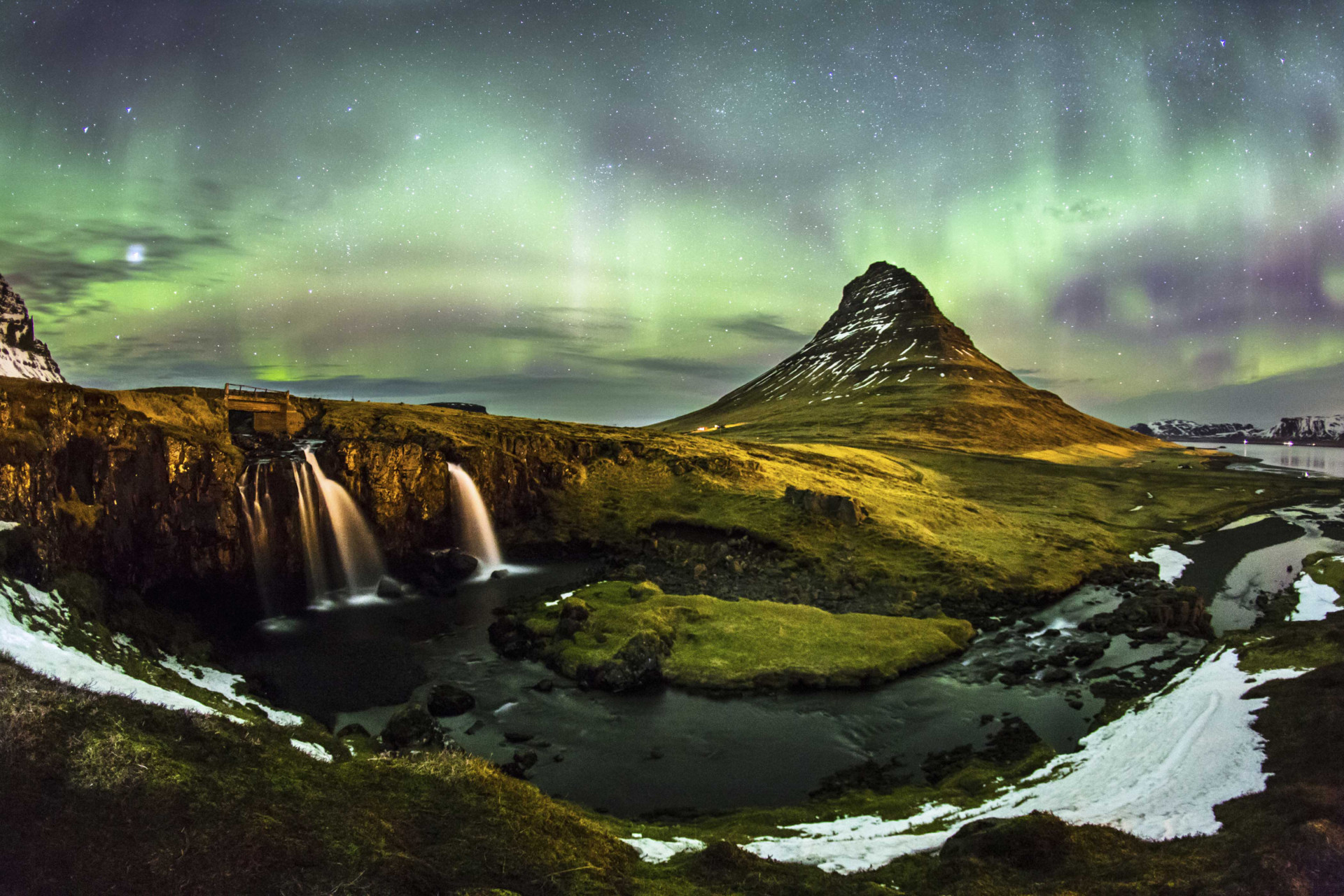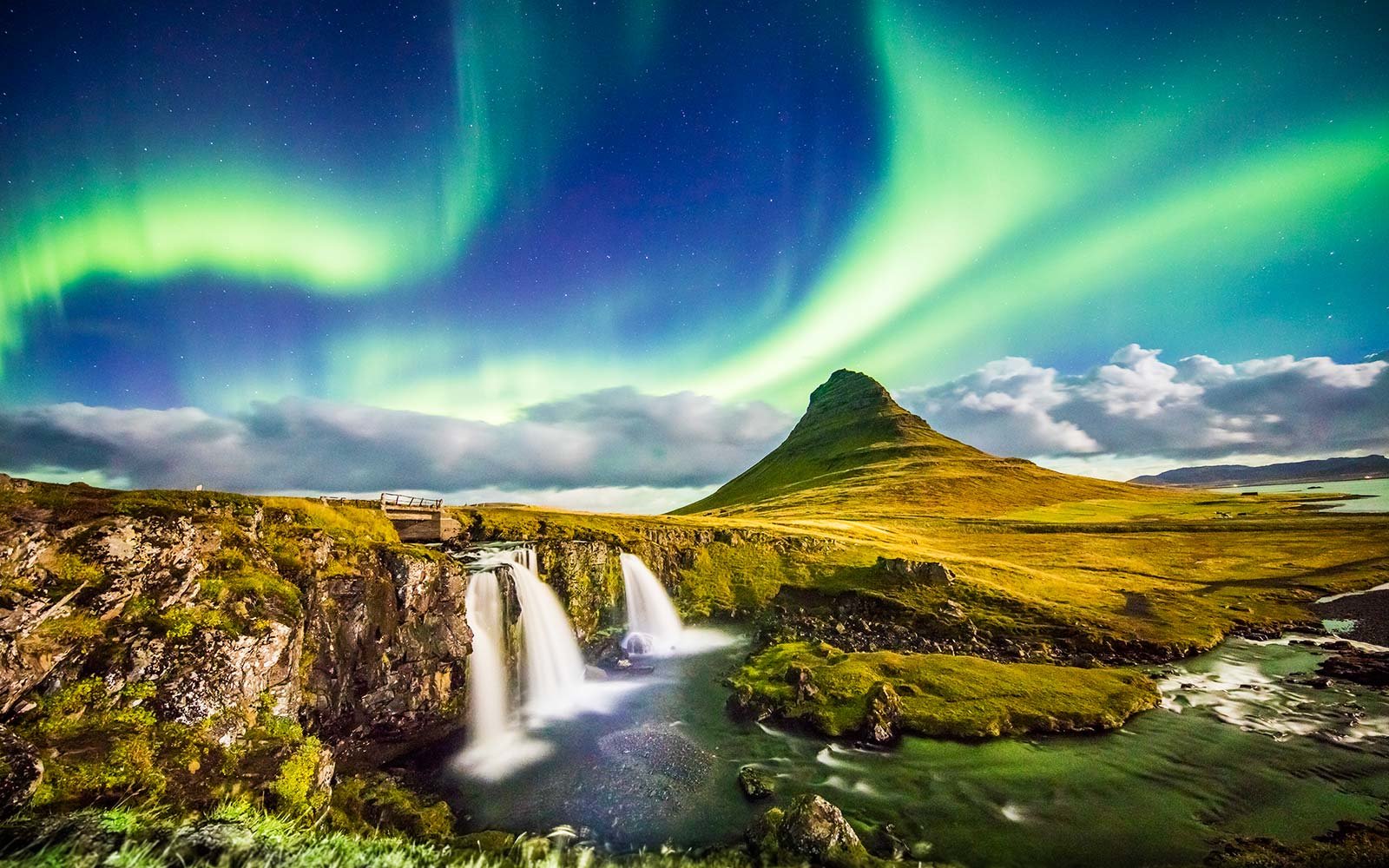Escape for the Weekend
Explore our collection of weekend



Iceland
What to see in Iceland? Volcanoes and geysers; giant whales; multicolored mountains; ice caves; waterfalls; Silfra crack; Strytan; Kleifarvatn Thermal area; the El Grillo wreck
Individual Booking Try It FreeIceland
Iceland is a mountainous island country, located in the North Atlantic Ocean, between Europe and North America.The nearest neighbors are Greenland, the Faroe Islands, Jan Mayen Island, Shetland and the Outer Hebrides, the Scottish mainland and Orkney. The capital of the country is Reykjavik.
The official language is Icelandic.
The national currency is the Icelandic króna. You can exchange money in most hotels, but a better rate is at banks. Credit cards are widely accepted, some shops also accept payment in euros and dollars.
Iceland's terrain is a plateau with sand and lava fields, mountains and glaciers. The climate of the country is softened by the Atlantic Gulf Stream.
In Iceland fire and ice literally co-exist, and these contrasts attract a lot of tourists. The most famous volcanoes are Hekla, Eldgjá, Herðubreið and Eldfell. Many people remember the eruption of Eyjafjallajokull volcano in March 2010, which caused major disruption to air travel across Europe. The latest eruption in Holuhraun, North of Vatnajokull Glacier lasted from late August 2014, to late February 2015. Among numerous geysers of Iceland, Strokkur, which erupts every 5–10 minutes, is the most famous.
Moreover, in Iceland you can watch giant whales, jumping in the ocean; see multicolored rhyolite mountains; visit ice caves; enjoy geothermal spa in the Blue Lagoon (a turquoise lake, where ocean and thermal waters are mixed); watch amazing aurora borealis; and see the stunning waterfalls Gullfoss, Glymur, Seljalandsfoss and Godafoss.
Airports
Keflavík International Airport (KEF), the main international airport in Iceland, situated 50 kilometers of Reykjavík.
Diving in Iceland
One of the most popular dive sites of Iceland is Silfra, a large crack with lots of caves between the North American and Eurasian plates. Divers divide Silfra into three sections: Silfra hall, Silfra cathedral and Silfra lagoon. Silfra is 63 meters deep and contains cold and very clear water – the visibility is up to 80 meters.
Strytan is a really unique dive site, as it is the only known scuba dive-able hydrothermal vents in the world. It appeared as a result of 11,000 years of natural mineral deposition. While diving, you can feel the 79°C hot water steaming out of the cones and see various sea animals and plants living on the cones. Strytan consists of three chimneys: the divided largest one, and two deeper chimneys, each about 20 meters and 10 meters tall, the tops of which are at 50m depth.
In the Kleifarvatn Thermal area you can dive in a volcano. While diving in this volcanic lake, you will see what a geyser look like from inside.
Those who are interested in wreck diving will like exploring El Grillo, a 147-meter oil tanker which sunk in 1944. It is located in Seydisfjordur on the east coast of Iceland at a depth of 45 meters.
